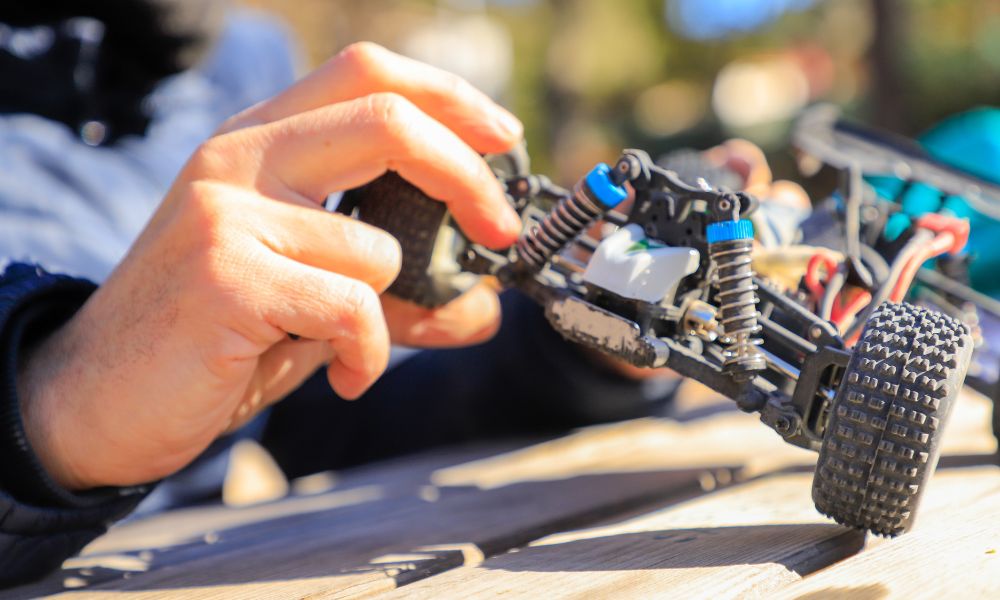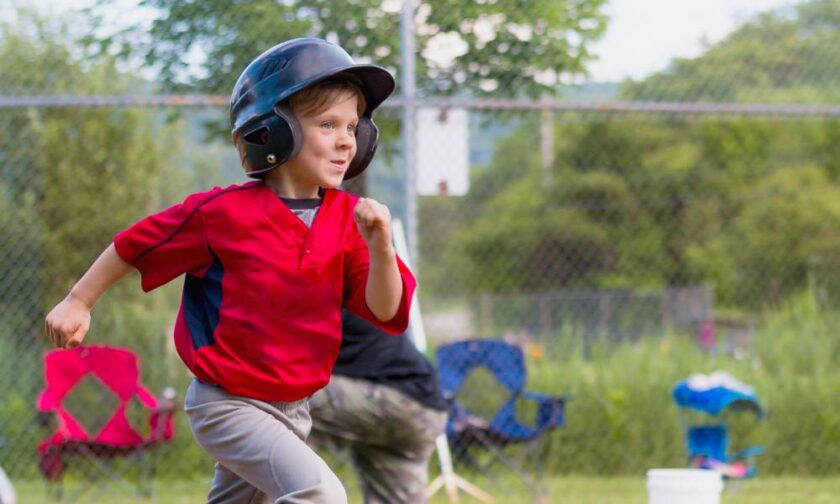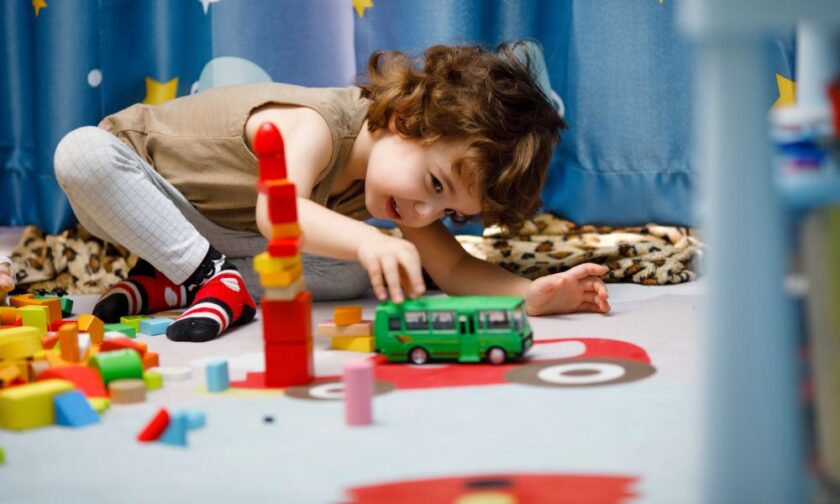When raising young children with autism, parents and caregivers often explore how they can enhance their little ones’ hand skills. From playing with Play-Doh to strumming the strings of a guitar, every touch, grip, and movement opens up new worlds for them. Let’s dive into some creative, casual, and engaging ways to improve the hand skills of young, autistic children.
Have Them Try Beginner Arts and Crafts Projects
Arts and crafts projects are incredible for fine motor skill development. You can introduce your children to simple projects like tearing paper for collages, using safety scissors, or threading beads. These activities will help improve their hand-eye coordination and allow them to express their creativity. Plus, it’s a great excuse for you to join in and make your own art!
Let Them Create Things With Play-Doh
Squishing, rolling, and sculpting with Play-Doh isn’t just fun; it’s a sensory experience that builds muscle strength and control in the hands. This colorful adventure invites young children with autism to experiment with textures and shapes, enhancing their tactile sensitivity. Creating figures, letters, or abstract shapes helps them fine-tune their dexterity and encourages them to communicate their thoughts through their creations.
Have Them Experiment With Musical Instruments
Introducing musical instruments early on can do wonders for a child’s hand skills. Simple instruments like tambourines, maracas, or keyboards can create an interest in music while strengthening a child’s hands and fingers.
Strumming a guitar or hitting the keys of a piano requires coordination and precision, providing a fun, harmonious way to develop fine motor skills. Plus, music is a universal language that offers emotional and cognitive benefits for children of all developmental abilities.
Assist Them With Model-Building
Model building is a great hobby for kids, especially for those who have an eye for detail and a passion for creating. Whether they’re assembling a model car or piecing together a more complex structure, model building enhances concentration, patience, and dexterity.
It requires picking up small pieces, fitting them together, and sometimes painting or decorating, all of which fine-tune hand skills and give children a sense of accomplishment and pride in their work.
Take Them to the Local Playground
The local playground is a great place for hand-skill development. Climbing frames, swinging on monkey bars, or digging in the sandbox can significantly improve grip strength and hand-eye coordination. These activities encourage children to challenge themselves physically and socially and help them navigate spaces and interact with their environment in new and exciting ways.
Teach Them How To Dress and Undress Independently
Mastering the art of dressing and undressing is a significant milestone for any child, but it’s especially important for young children with autism who are working on their hand skills. Start with clothes that are easy to put on and take off. Mastering the art of getting dressed will improve their fine motor skills as they learn to handle different types of fastenings and fabrics.
Improving the hand skills of young, autistic children opens doors to new forms of expression, independence, and interaction with the world around them. From the first squish of Play-Doh to the final note on a piano, each activity is a step toward mastering the fine art of hand coordination and dexterity. Let’s embrace these moments, encouraging our children to reach out and grasp the world in their own unique way.






